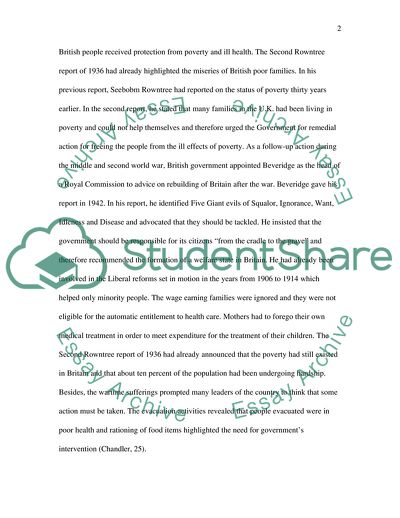Cite this document
(Contribution of Beveridge Report to Creation of National Health Servic Term Paper, n.d.)
Contribution of Beveridge Report to Creation of National Health Servic Term Paper. Retrieved from https://studentshare.org/health-sciences-medicine/1737881-show-how-the-beveridge-report-of-1942-made-such-a-significant-conbritution-to-the-creation-of-the-nhs-and-general-development-of-the-welfare-state
Contribution of Beveridge Report to Creation of National Health Servic Term Paper. Retrieved from https://studentshare.org/health-sciences-medicine/1737881-show-how-the-beveridge-report-of-1942-made-such-a-significant-conbritution-to-the-creation-of-the-nhs-and-general-development-of-the-welfare-state
(Contribution of Beveridge Report to Creation of National Health Servic Term Paper)
Contribution of Beveridge Report to Creation of National Health Servic Term Paper. https://studentshare.org/health-sciences-medicine/1737881-show-how-the-beveridge-report-of-1942-made-such-a-significant-conbritution-to-the-creation-of-the-nhs-and-general-development-of-the-welfare-state.
Contribution of Beveridge Report to Creation of National Health Servic Term Paper. https://studentshare.org/health-sciences-medicine/1737881-show-how-the-beveridge-report-of-1942-made-such-a-significant-conbritution-to-the-creation-of-the-nhs-and-general-development-of-the-welfare-state.
“Contribution of Beveridge Report to Creation of National Health Servic Term Paper”, n.d. https://studentshare.org/health-sciences-medicine/1737881-show-how-the-beveridge-report-of-1942-made-such-a-significant-conbritution-to-the-creation-of-the-nhs-and-general-development-of-the-welfare-state.


